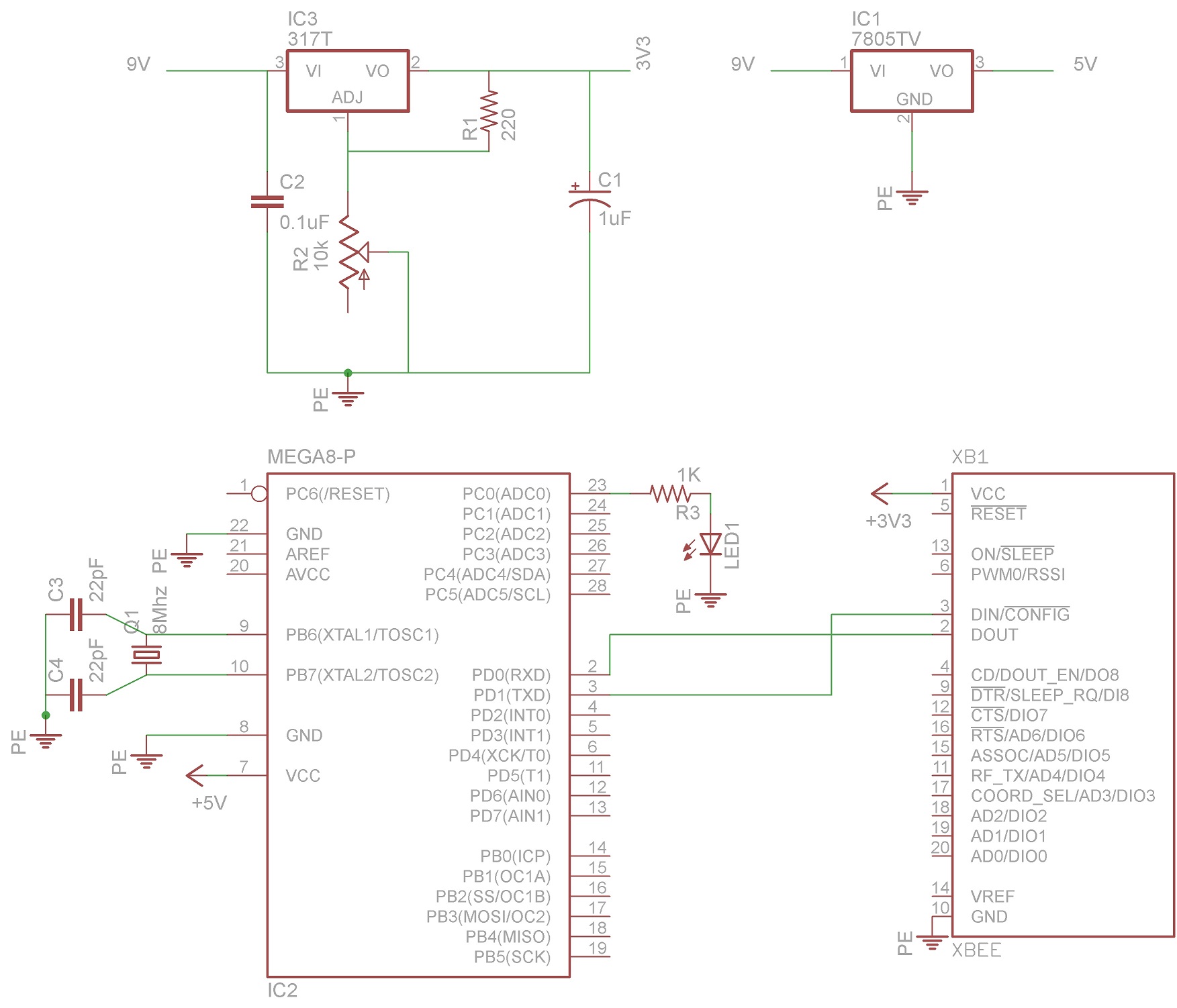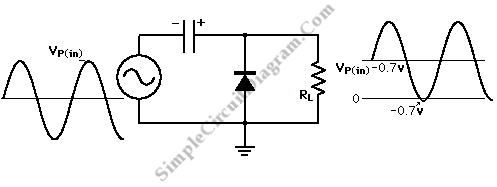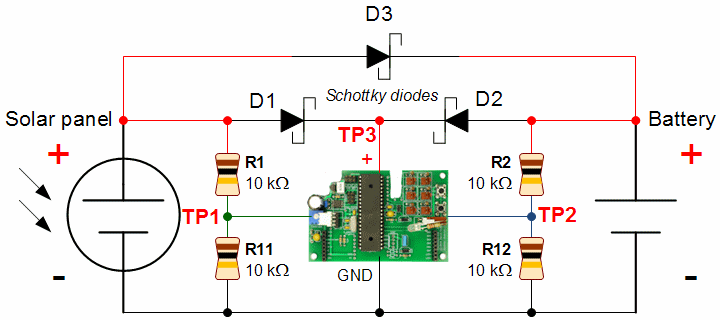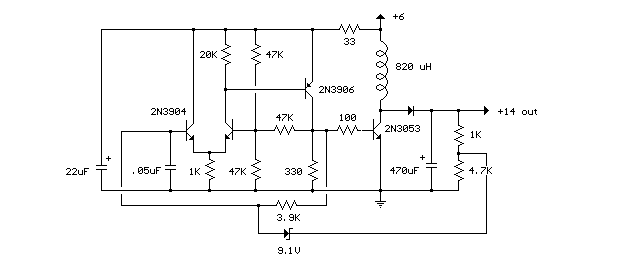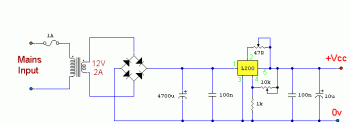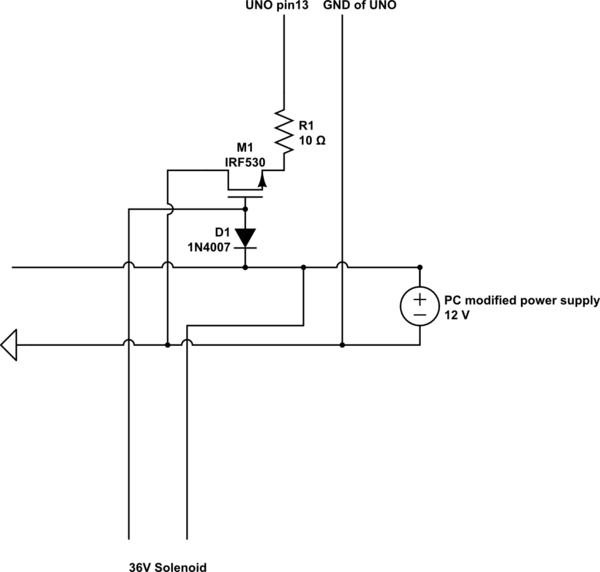
A High Power Planar Triode Oscillator Designed by Using FEM Modeling

COMSOL's integration of SPICE® elements into its finite element method (FEM) allows for direct modeling of oscillators. In this approach, the triode and load are described using FEM, while all other circuit components are simulated with SPICE®. This modeling does not simply apply any module; it requires prior computation of the beam's conductivity through the partial differential equation (PDE) interface. This paper serves as a benchmark, demonstrating the impact of triode geometry on circuit performance, particularly in terms of frequency and efficiency, and their variations throughout the process. It offers users of high-power triodes and tetrodes the opportunity to tailor their designs to achieve optimal tube performance, including thermal considerations.
The integration of SPICE® elements into COMSOL's FEM framework facilitates a sophisticated approach to oscillator modeling. By enabling the triode and load to be represented through finite element analysis, the simulation can capture complex physical phenomena that influence circuit behavior. The SPICE® components, on the other hand, allow for the simulation of a wide range of circuit elements, enhancing the overall accuracy of the model.
The requirement for prior computation of beam conductivity through the PDE interface indicates a focus on the dynamic interactions within the circuit, particularly in high-frequency applications where the behavior of the beam can significantly affect performance metrics. The benchmark study presented in the paper highlights how variations in triode geometry—such as electrode spacing, shape, and material properties—can lead to significant differences in both frequency response and efficiency. This information is crucial for engineers and designers working with high-power tubes, as it provides insights into how design choices impact thermal performance and overall circuit functionality.
In conclusion, the combination of FEM and SPICE® in COMSOL presents a powerful tool for the design and analysis of high-frequency oscillators, allowing for detailed exploration of component interactions and performance optimization. This capability is essential for engineers aiming to develop high-power triodes and tetrodes that meet specific operational requirements while ensuring efficient thermal management.COMSOL, adding SPICE® elements into its FEM, gives the possibility of a direct modeling of oscillators: triode and load are FEM described while all the other components of the circuit are just simulated using SPICE ®. The modeling is not a straight application of any module but needs the previous computation of the conductivity of the beam throug
h the PDE interface. This paper is a bench mark showing the influence of the triode geometry on the performances of the circuit, mainly frequency and efficiency, and their evolution all along the process. It gives to the user of high power triodes/tetrodes the possibility to enter into their design in order to have a tube well matched to their needs, including on the thermal points.
🔗 External reference
The integration of SPICE® elements into COMSOL's FEM framework facilitates a sophisticated approach to oscillator modeling. By enabling the triode and load to be represented through finite element analysis, the simulation can capture complex physical phenomena that influence circuit behavior. The SPICE® components, on the other hand, allow for the simulation of a wide range of circuit elements, enhancing the overall accuracy of the model.
The requirement for prior computation of beam conductivity through the PDE interface indicates a focus on the dynamic interactions within the circuit, particularly in high-frequency applications where the behavior of the beam can significantly affect performance metrics. The benchmark study presented in the paper highlights how variations in triode geometry—such as electrode spacing, shape, and material properties—can lead to significant differences in both frequency response and efficiency. This information is crucial for engineers and designers working with high-power tubes, as it provides insights into how design choices impact thermal performance and overall circuit functionality.
In conclusion, the combination of FEM and SPICE® in COMSOL presents a powerful tool for the design and analysis of high-frequency oscillators, allowing for detailed exploration of component interactions and performance optimization. This capability is essential for engineers aiming to develop high-power triodes and tetrodes that meet specific operational requirements while ensuring efficient thermal management.COMSOL, adding SPICE® elements into its FEM, gives the possibility of a direct modeling of oscillators: triode and load are FEM described while all the other components of the circuit are just simulated using SPICE ®. The modeling is not a straight application of any module but needs the previous computation of the conductivity of the beam throug
h the PDE interface. This paper is a bench mark showing the influence of the triode geometry on the performances of the circuit, mainly frequency and efficiency, and their evolution all along the process. It gives to the user of high power triodes/tetrodes the possibility to enter into their design in order to have a tube well matched to their needs, including on the thermal points.
🔗 External reference
